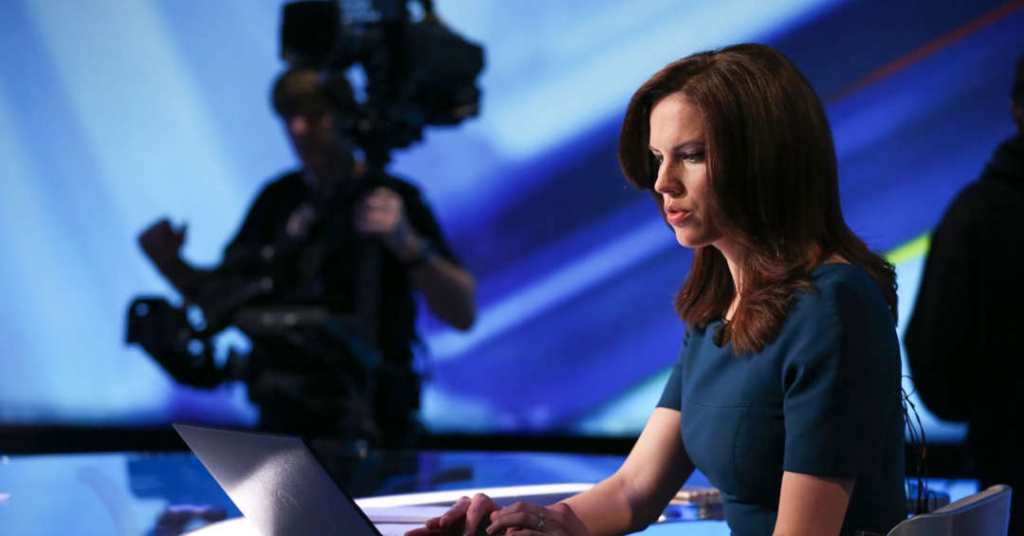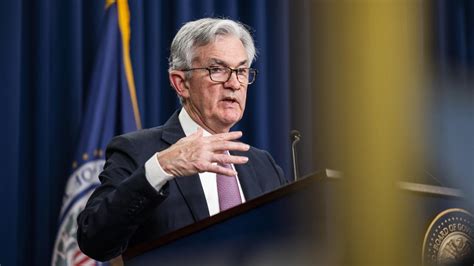By Kelly Evans
The fascinating thing about the reaction to last Friday’s economic reports–which triggered the Fed’s sudden 75-basis-point rate hike yesterday–is how many people still believe this inflation was not caused by the central bank, and therefore cannot be fixed by it.

So let’s back up for a second. What if I told you the U.S. economy, which is typically lucky to grow around 3-4% a year, exploded to 10% growth last year? Because that’s exactly what it did. The economy was around $21.7 trillion in size before the pandemic hit. It had fully recovered to $22 trillion in size less than a year later, in the first quarter of 2021. It’s now $24.4 trillion in size–13% larger than it was two years ago, pre-Covid.
How is this possible? How could an economy hampered by supply-chain shortages see such explosive growth? Where did all those dollars come from? You guessed it–Washington. The fiscal stimulus from the government amounted to $5.2 trillion, according to the economist (and former Obama official) Christina Romer. The monetary stimulus from the Fed–just counting the balance sheet expansion used to buy bonds–was roughly $4.8 trillion. So $10 trillion in stimulus that ultimately got us about $2-3 trillion in nominal GDP growth.
From this point of view, it’s surprising we didn’t grow even more. But this is exactly the rub: if you plow too much money in a short period of time into the economy, you don’t magically get real economic activity out of it–you don’t see factories popping up overnight–you get inflation. Too much money chasing not enough goods and services (goods especially, in the depths of the pandemic when services were not really a spending option). Little wonder we ended up with the crypto bubble, soaring stock market valuations, and a frenzy for tungsten cubes. The cash had to go somewhere.
And that’s how we got an economy that swelled by 10.1% last year–probably double what was actually sustainable. But few people even talk about that nominal number, because the standard is to use “real,” or inflation-adjusted GDP, which only rose 5.7% last year. The confusion is growing with each passing quarter, because nominal or actual growth remains very high by historical standards, but almost all of it is now going into higher prices. It’s been a long time since this distinction mattered, but it is critical to understanding the economy right now.
In the first quarter of this year, for instance, nominal GDP actually surged by 6.5%. But real GDP fell 1.5% because all of those dollars simply raised the price level by 8%. We could see a very similar phenomenon play out in the second quarter as well, now that the Atlanta Fed’s “real” GDP tracker has fallen to 0%. Normally, two negative GDP quarters is a benchmark for recession. But a recession is technically defined as “a significant decline in economic activity that is spread across the economy”–and we had the opposite in the first six months of this year, most notably in a historically strong labor market.
In other words, we might be in a “real” recession, but not an actual one, because stimulus fueled a massive nominal demand boom that overwhelmed our true economic capacity. And a lot of people are getting this backwards, thinking the “weak economy” is now being sent into a recession by the Fed tightening too much. No, the Fed has been over-stimulating the economy, causing the inflation that’s now eroding real growth. Russia’s invasion of Ukraine this spring only exacerbated an already existing problem; cannily, Putin didn’t invade back when oil prices were negative.
And sure, you could say the White House and Congress are truly to blame, given the size of their fiscal stimulus. But politicians don’t have a mandate to deliver “price stability”–the Fed does. “You cannot blame fiscal policy, which is slow-moving and known well in advance,” wrote MKM’s Michael Darda earlier this year. The Fed knew the stance of fiscal policy, and had the tools to offset it (like starting to tighten sooner). Instead, the Fed has kept stimulating the economy up to this day, since rates–even after yesterday–are still below neutral.
So it’s a little disingenuous for Fed Chair Powell to say, as he did in the press conference yesterday, that it’s “increasingly clear many inflation drivers are beyond the Fed’s control.” Either the Fed believes that, which is problematic, or it knows it’s culpable but is not quite taking full responsibility for it, which is equally so.
It would be easy to blame Putin for our stagflation, but if all we had were high energy and grain prices, that wouldn’t explain how the economy could be soaring in size, especially last year, before the invasion happened. The clearest thing the Fed could now say is that it simply wants to slow nominal growth to the more sustainable 4% range, in order to bring inflation down, and if that means a slowdown in the labor market, so be it. All they’re doing now is confusing people.

